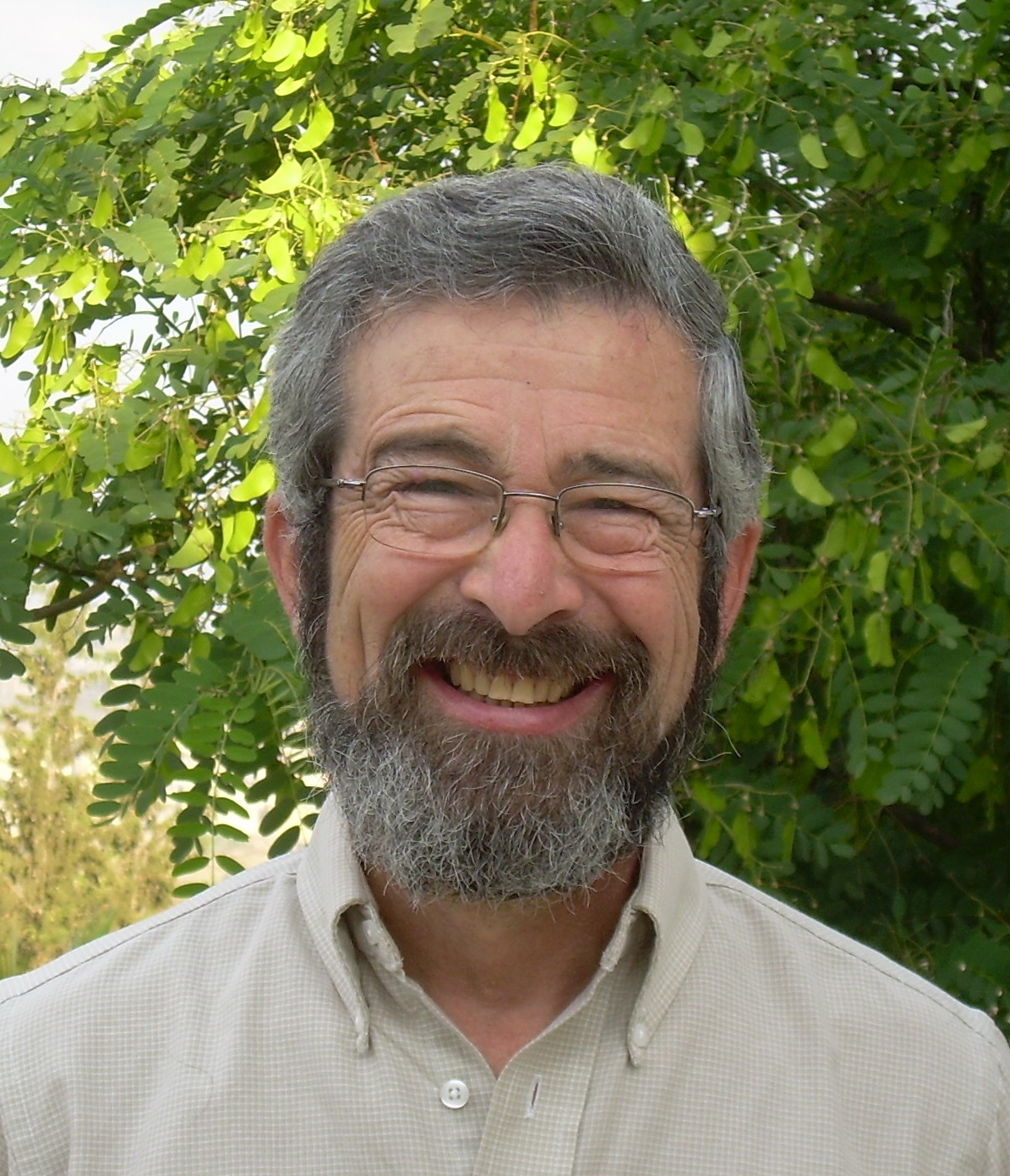
Lot, who went with Abram, also had flocks and herds and tents, so that the land could not support them staying together, for their possessions were so great that they could not remain together. And there was quarreling between the herdsmen of Abram’s cattle and those of Lot’s cattle.
- Genesis 13:5-7
On Independence Day, unwilling to face hours in traffic driving to a nature reserve; the crowds packing the trails and picnic areas; and the mounds of garbage; Tami and I opted for a local hike, on Mt. Gilon, which overlooks our home in Shorashim. There is a three-hour trail that circles the top of the ridge, over craggy rock formations, through thorny thickets colored by the last wildflowers of the rainy season, especially lotem(rockrose).
The trail afforded panoramic views, including, to the northeast, over the adjacent mountain separating Mt. Gilon from Karmiel. It has been sculpted by earthmoving machines over the past two years, obliterating all signs of its natural shape, flora and fauna (creating a manmade mountain of rubble in the valley), to construct a terraced substrate for a major new neighborhood of Karmiel. Needless to say, the prospective residents will travel to work along the congested, winding two-lane highway connecting Shorashim to Karmiel.
The major increase in road congestion in Israel over the past decade, which seems to coincide with the massive investment in improved highways and interchanges, has become a common topic of conversation. On Route Six, the north-south tollway that was hailed as the holy grail of a link between center and periphery, one must allow at least three hours for the nominal two-hour commute to Jerusalem. Six months ago, the rail system reached Karmiel, a great, longed-for boon. But the local road congestion generated by the station and its approaches makes what was formerly a seven-minute jump to Karmiel into a 20-30 minute ordeal.
A few days after the hike, I attended a lecture by prominent environmental activist Prof. Alon Tal of Tel Aviv University, about his book, The Land is Full. His thesis is simple, and, given the kind of experiences described above, sort of intuitively obvious: Israel simply cannot support the kind of population growth it has experienced over the past 70 years. The land is small, the natural landscape is being paved over, air and water resources are already challenged, and all agree that schools, hospitals, and roads are seriously overcrowded. What can we expect as this growth rate continues?
This thesis is seen as heresy by many. After the Holocaust, the Jews have felt obligated by a historical imperative to fight our own extinction by replenishing our numbers and then some. And of course, we have been told that we must constantly defend ourselves against the “demographic threat” – the Palestinian Israelis whose high birth rate will make them a majority and destroy the Jewish state. However, it is important to note that:
- If numbers indeed matter, then the Jewish population in the world has now returned to its pre-Holocaust level, so perhaps we can relax.
- It is a proven fact that as populations – and women in particular – become more educated and middle-class, their birth rates fall drastically. If you are a subsistence farmer, having 13 kids can be useful. But not if you want them to go to Harvard. I have often felt that the “demographic threat” is actually a demagogic threat, and that our national interest would be best served by investing heavily in education and economic development of the Palestinians in Israel.
Meanwhile, the Israeli government maintains a policy of incentivizing large families.by providing a monthly per-child subsidy of about $50. For many families whose net income is less than the $4,000 average, these payments can be significant. Prof. Tal argues, convincingly, that a simple (!) governmental recognition of the problem of overpopulation – expressed as a phasing out of this allowance – could serve as an important first step in a cultural change. As could discussion of the problem, and education.
For example, the Talmud is clear that the mitzvah of procreation is fulfilled by two children. Birth control has been and is practiced and permitted in Orthodox communities. Large families may be a cultural or ideological imperative, but they are not dictated by Jewish law; a halachah (Jewish law) concerned with the sustainability of the Jewish state could find a way to discourage them.
Once, picking bouquets of wild flowers was considered normative, positive behavior in Israel. But in the 1960s, a campaign to save endangered species changed the entire culture; now our 4-year-old grandchildren reprimand us sternly for picking cyclamen that we planted ourselves.
When I came on URJ Heller High (formerly EIE) in the 1960s, smoking on buses was normative; today even the most sullen, rebellious teenager wouldn’t even think of it. So, cultures can be changed by conscious, educational effort. As Herzl said, “If you will it, it will not remain a fairy-tale.” But of course, we have to will it.




